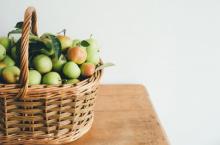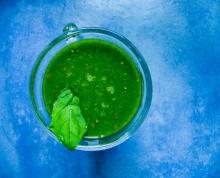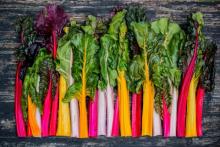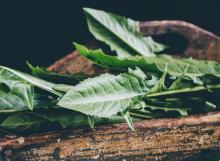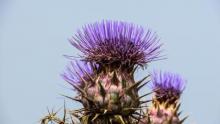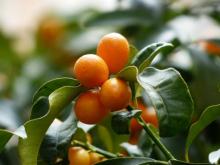Fight Cancer With These 5 Spring Foods
Cancer is a horrific disease that continues to kill over 595,000 people each year. While there’s no cure for it yet, there are plenty of natural and dietary options that can help reduce your risk of being diagnosed. There’s no singular way to prevent cancer, but changing your habits can help.

